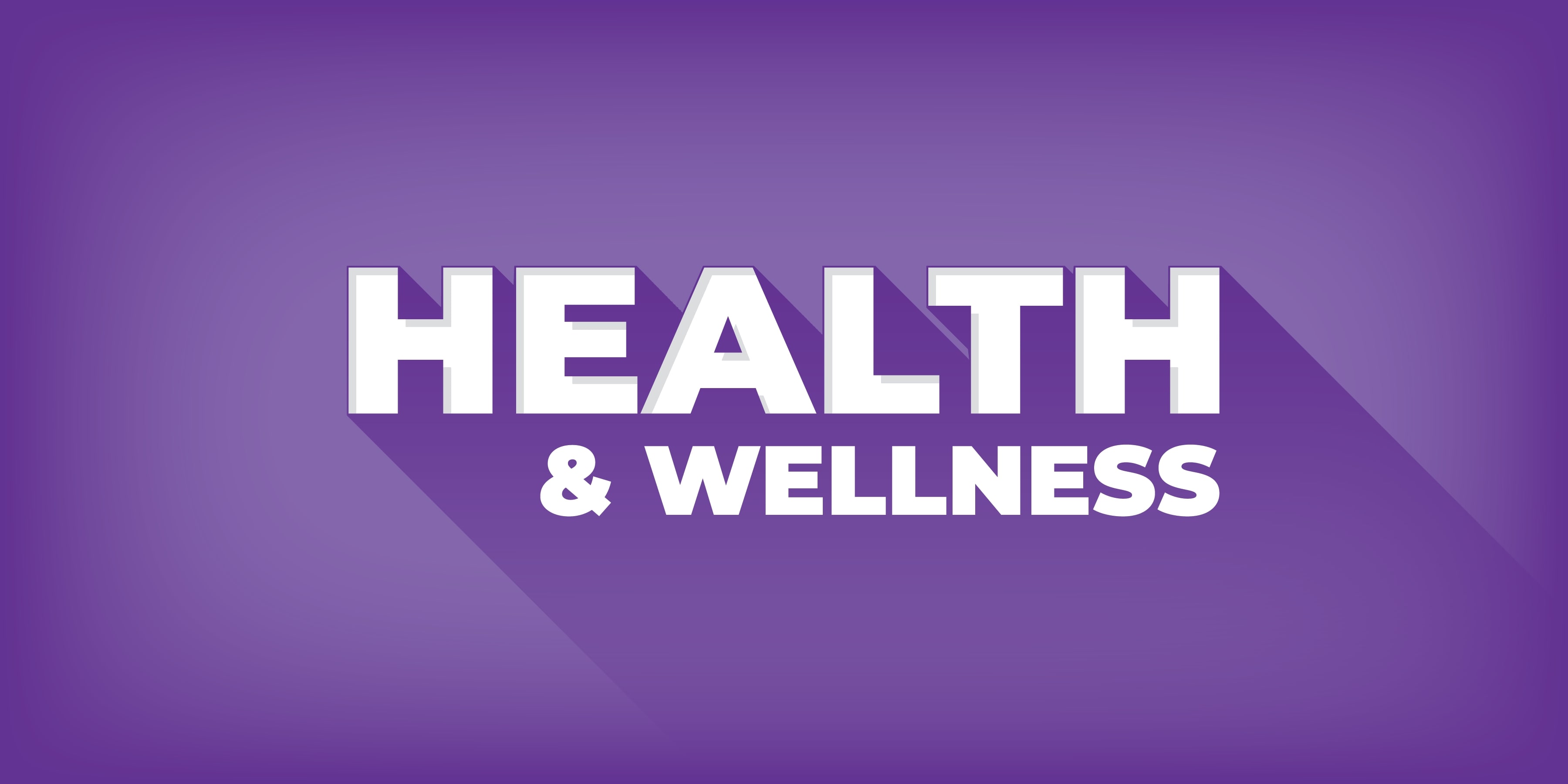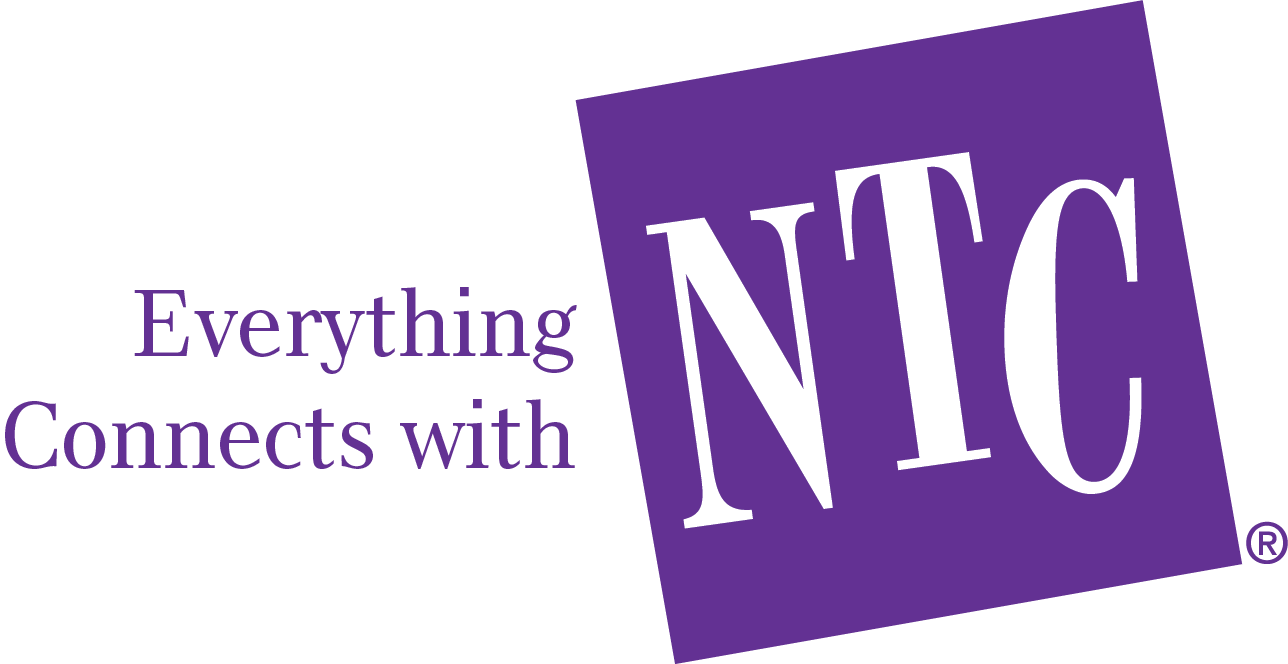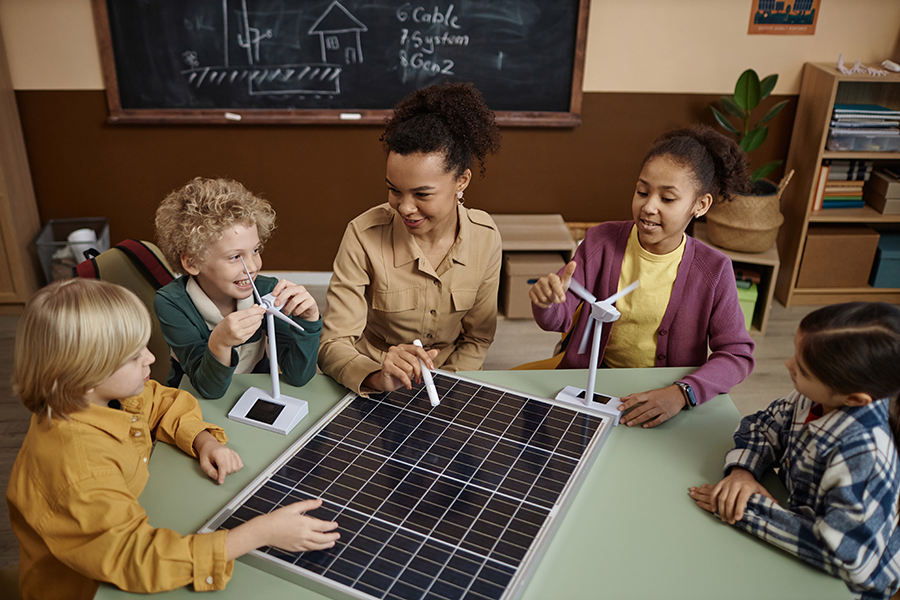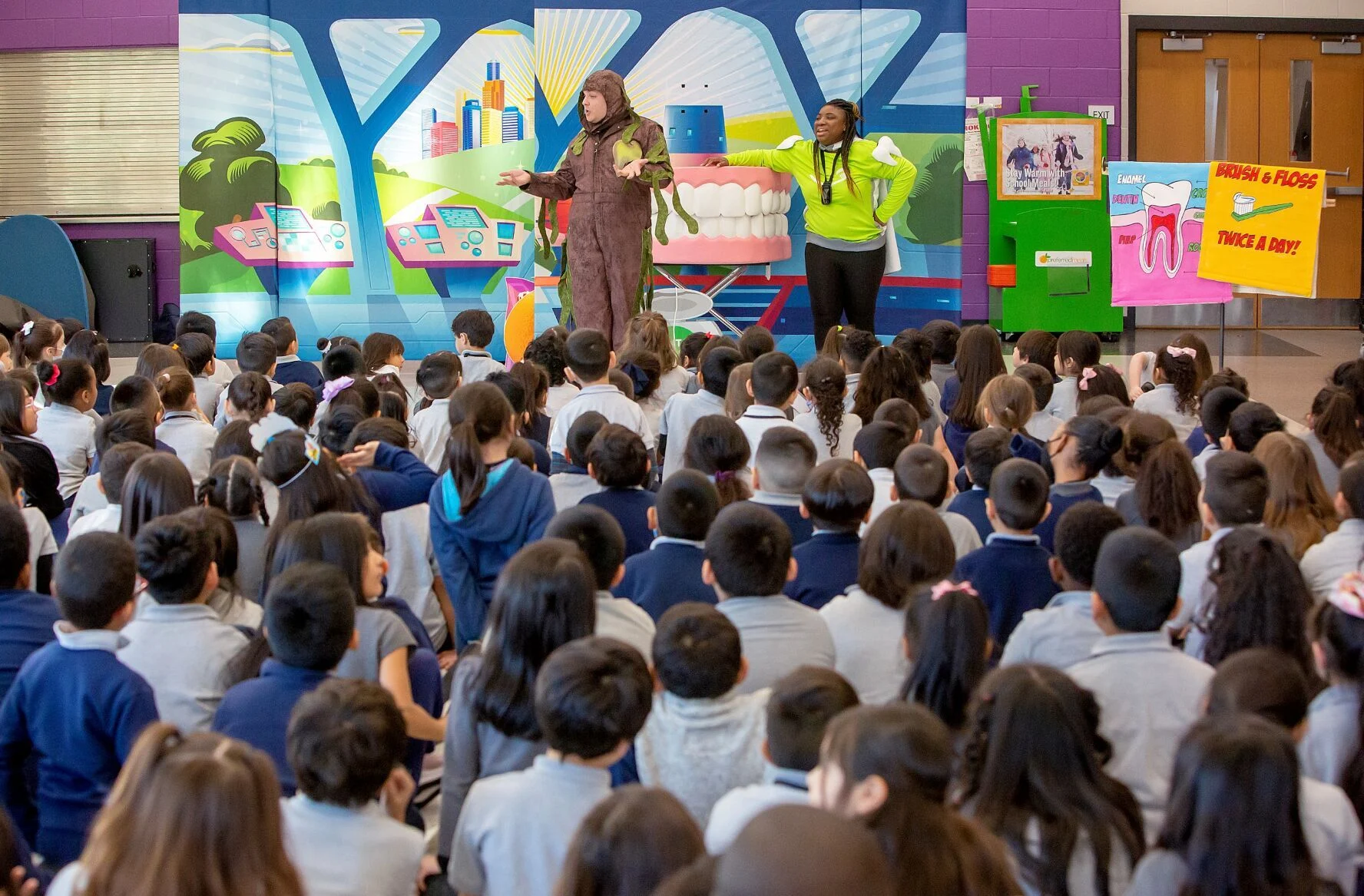Schools are more than buildings — they’re centers for learning, community hubs, and are often among the largest energy users in a district. With aging infrastructure, rising energy costs, and growing awareness about climate and health, there’s strong motivation for schools to reduce energy consumption. Add in the potential of behavior change education for all the students in each building and it becomes clear why utility companies (in partnership with government agencies, nonprofits, and implementors) have been stepping up with energy efficiency programs designed specifically for K–12 and higher education institutions for the past two decades. As funding and perceptions shift, it’s important to remember why school communities are an excellent priority for energy efficiency; these programs combine education, building assessments, and retrofits to deliver savings, improve learning environments, and reduce environmental impact.
Why Schools?
Schools continue to be a prime opportunity for deep savings, long-term impact, and community engagement. But while technical upgrades like lighting retrofits and HVAC replacements are essential, education is the glue that connects these investments to lasting behavior change and deeper energy literacy:
- High energy usage + fixed budgets: Schools operate long hours, use heating/cooling, lighting, ventilation etc., often in older buildings, making energy costs significant.
- Health and comfort: Good indoor air quality, stable temperature, lighting quality all affect student attendance, performance, and teacher satisfaction.
- Longterm savings: Capital improvements (good insulation, efficient HVAC, controls, etc.) can pay back through reduced utility bills, freeing funds for educational priorities.
- Modeling behavior: Schools serve as places to teach students (and community) about energy literacy, conservation, sustainability.

Components of School Energy Efficiency Programs
Utility sponsored energy efficiency programs for schools usually have three main pillars:
- Education and Awareness
- Classroom curricula about energy use, conservation, sustainability. Some programs target specific grades (e.g. K-2nd grade, 3rd-5th grade, 6-8th grade or 9th-12th grade) with live educational events, hands on activities or take-home kits.
- Training for school staff (maintenance, operations) so that building systems are used and maintained optimally.
- Outreach to students and families: how small behavior changes (turning off lights, vigilant thermostat settings, closing windows/doors) can reduce usage.
- Building & Energy Assessments (Audits / Benchmarking)
- Walkthrough audits to identify obvious inefficiencies: lighting, insulation, windows, HVAC, duct sealing.
- More detailed energy audits that include measurement, data logging, thermal imaging, system performance diagnostics.
- Benchmarking: comparing the school’s energy performance (e.g. via ENERGY STAR’s Portfolio Manager or similar tools) to peer buildings or against normative targets.
- Feasibility studies: which improvements are cost effective, what are retrofit options, what financing or incentives are available.
- Retrofitting and Upgrades
- Lighting upgrades (LED, sensors, daylighting) are often among the lowest hanging fruit.
- HVAC upgrades and controls: improving or replacing inefficient heating/cooling systems, adding advanced controls, improving ventilation, and sealing ducts.
- Building envelope improvements: better insulation, window upgrades, reducing air leakage.
- Operational improvements: adjusting schedules, better maintenance, optimizing system set points. Sometimes retro commissioning (tuning up existing systems) rather than full replacements.
- Financing & Incentives
- Grants, rebates, incentives from utilities, state energy agencies, federal programs.
- Performance contracting: engaging Energy Service Companies (ESCOs) to deliver upgrades where they guarantee energy savings.
- Internal financing, debt financing, shared savings or financed via energy or operational savings.
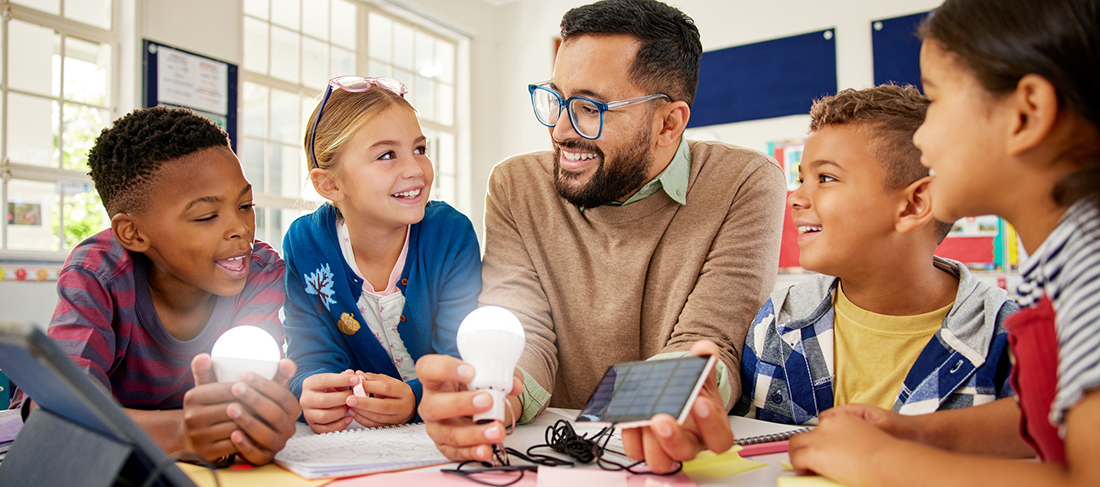
Why Education Matters in Energy Efficiency for School
Technical solutions alone won’t solve energy waste. Without buy-in from school staff, students, and even custodial teams, buildings may never operate as efficiently as they’re designed to. That’s where education implementors come in. They translate kilowatts into action, helping schools:
- Understand how their energy systems work
- Engage students and teachers in conservation behaviors
- Build a culture of energy awareness that supports ongoing savings
- Recognize your utility as a community partner in sustainability
These human-centered programs often lead to greater persistence of savings, increased participation in retrofit programs, and better customer experience—especially in public schools where trust, education, and support matter.
How Education Programs Support Retrofits and Assessments
You may already be investing in energy audits, retrofits, or performance contracts in schools—but education implementors strengthen and extend that impact:
- Pre-retrofit: They prepare schools with behavioral strategies that generate early savings and build awareness.
- During retrofit projects: They help maintain momentum and reinforce engagement among staff and students.
- Post-retrofit: They ensure buildings are operated properly and occupants know how to use new systems (e.g., advanced lighting controls, smart thermostats).
The result? More complete savings, better persistence, and a clearer story for regulators and stakeholders.
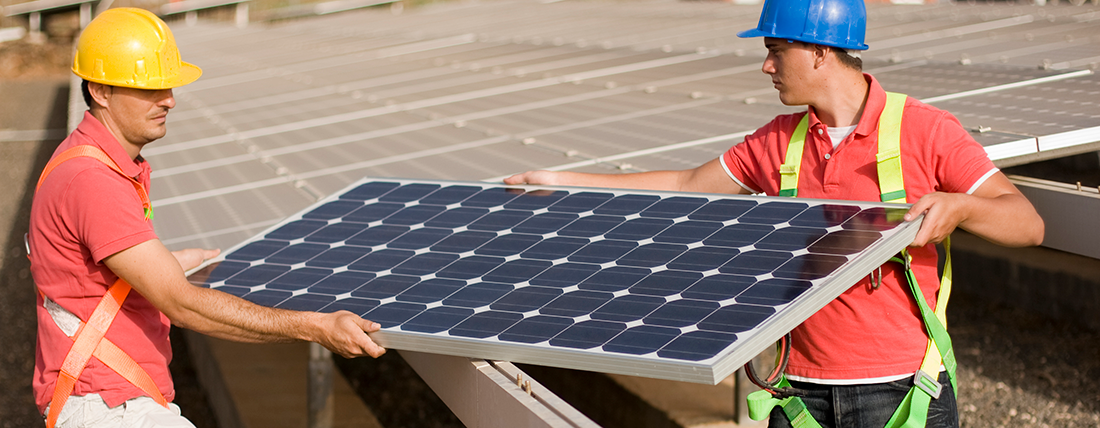
Best Practices & Recommendations
Based on what works, here are tips for utilities, school districts, and partners:
- Start with benchmarking & audits: It’s hard to know what to fix first without data. Use tools like ENERGY STAR’s Portfolio Manager, walkthrough and detailed audits.
- Phase improvements: Begin with low-cost, high-return measures (lighting, controls, insulation), then move to more capital-intensive upgrades.
- Involve education & behavior change: Even the best hardware can underperform if people don’t use or maintain it well. Training for staff and education for students is essential.
- Plan for maintenance and operations: New systems need to be maintained properly; set aside budget/plan for upkeep.
- Engage stakeholders early: Teachers, students, facilities staff, administrators and parents all have a role. Their buyin helps with smooth implementation.
Conclusion
When utility companies prioritize school communities, they can deliver programs that are win/wins: reducing energy use and costs, improving facilities for learning, and helping meet environmental goals. Restoring, upgrading, and managing school building systems with the right mix of education, assessment, retrofit, and financing leads to savings on energy bills, and more importantly – healthier, more comfortable, and inspiring learning spaces.






